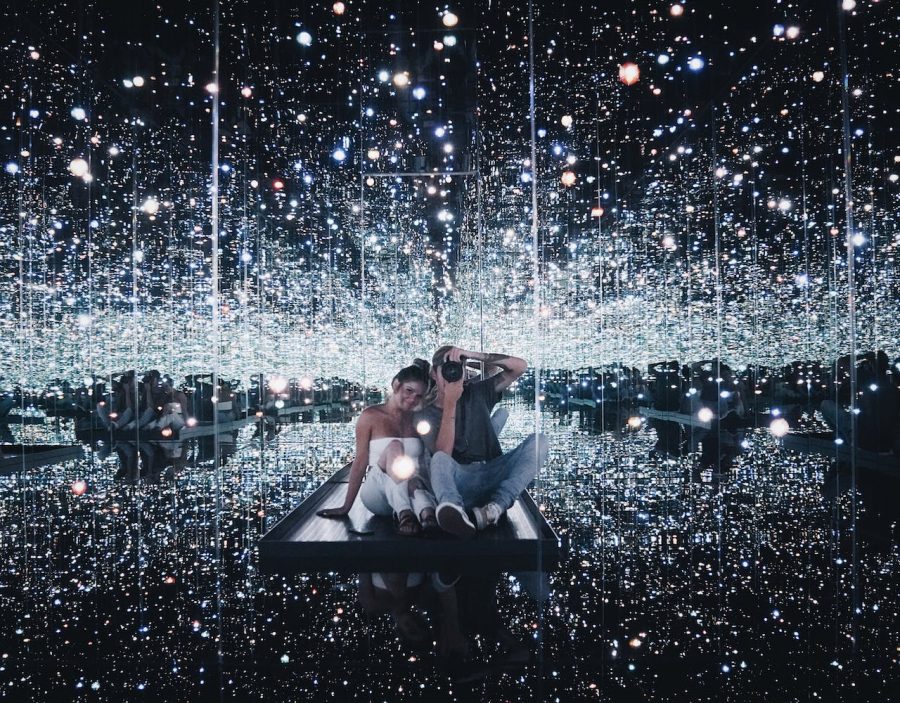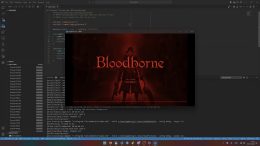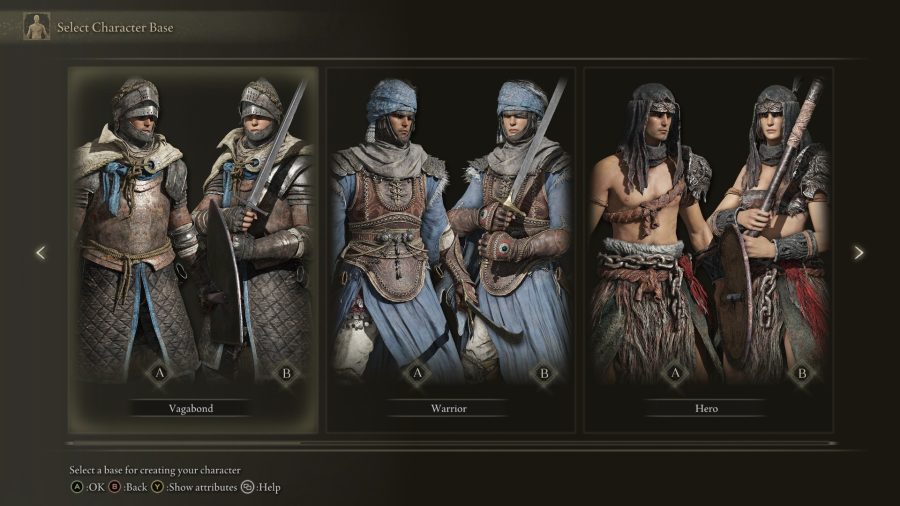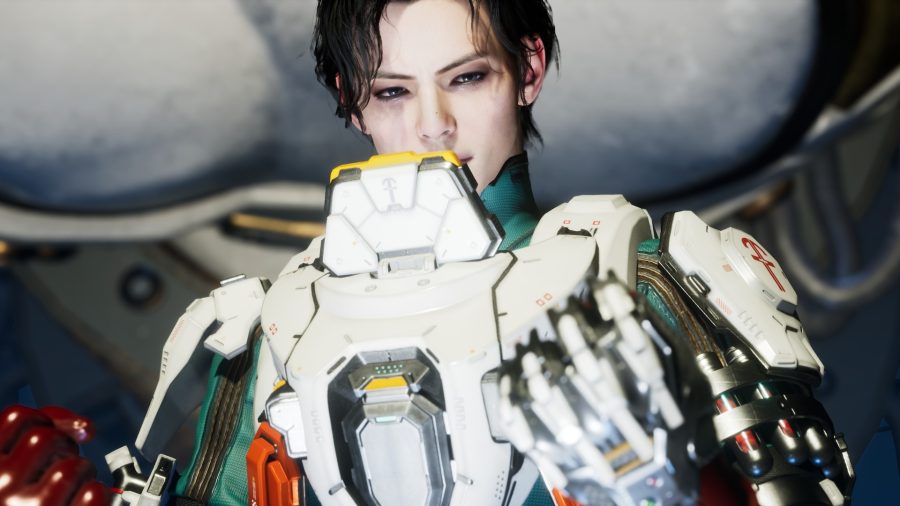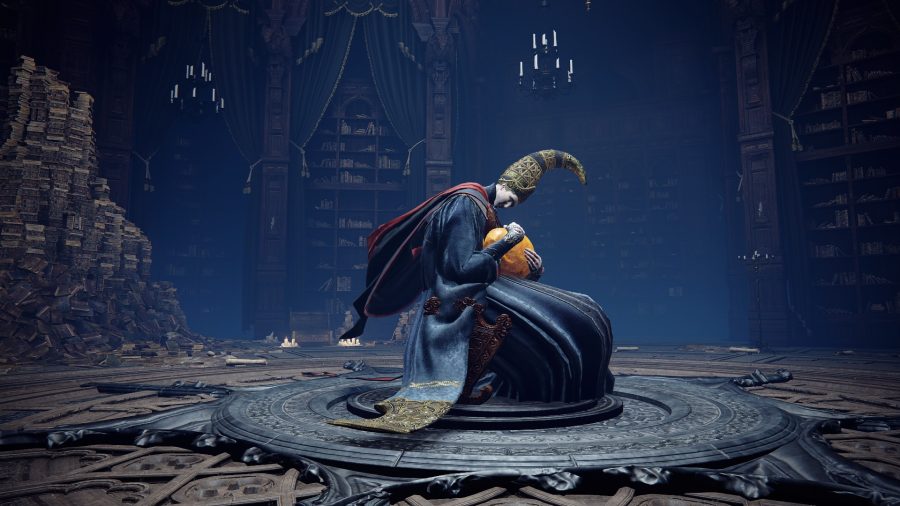Google has reintroduced the ultrawide astrophotography feature in their Pixel 8 Pro after removing it from their previous models, Pixel 5 and Pixel 4a 5G, in 2020. The company eliminated the capability due to subpar image quality, which left many photography enthusiasts unsatisfied. This reintroduction marks a significant improvement, suggesting that Google addressed the issue and enhanced image quality by listening to customer feedback. The updated ultrawide astrophotography feature is expected to make the Pixel 8 Pro an attractive option for those who enjoy capturing stunning celestial photographs and nighttime landscapes.
Interestingly, the ultrawide astrophotography feature is unavailable on the standard Pixel 8. This could be attributed to the difference in camera hardware between the two models. The Pixel 8 Pro boasts a 48MP ultrawide camera, while the regular Pixel 8 has a 12MP lens, similar to the ultrawide sensors found in the Pixel 7 series. The exclusion of the ultrawide astrophotography feature in the standard Pixel 8 model may push those who prioritize advanced photography and cutting-edge features towards the Pixel 8 Pro to enjoy its full capabilities.
Pixel-binning for improved image quality
Google employs pixel-binning technology in the Pixel 8 Pro’s ultrawide camera to offer enhanced image quality for astrophotography shots. Basically, pixel-binning’s process combines data from four pixels into one. This technique combines pixels to create larger ones, resulting in better low-light performance and reduced image noise levels. With the Pixel 8 Pro, users can expect to capture breathtaking shots of celestial bodies and night skies with greater ease and clarity than before.
The extensive perspective provided by the ultrawide camera in the Pixel 8 Pro is anticipated to emphasize the vastness of the night sky better, making the reintroduction of this feature a welcome development for those interested in capturing impressive celestial photographs. Additionally, this update will likely enhance the overall quality of low-light photography, offering more detailed and vibrant images for users to enjoy.
Featured Image Credit: Photo by Brady Knoll; Pexels
